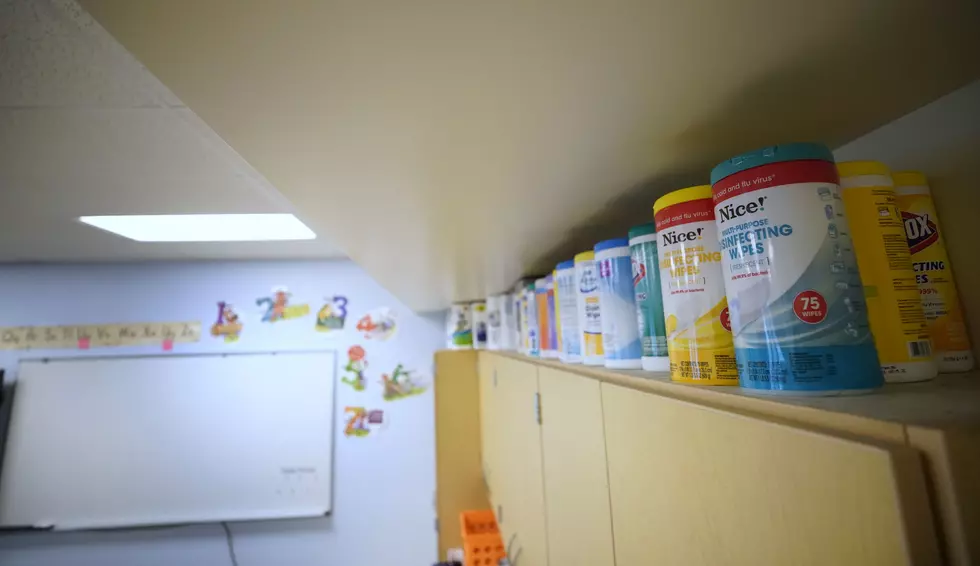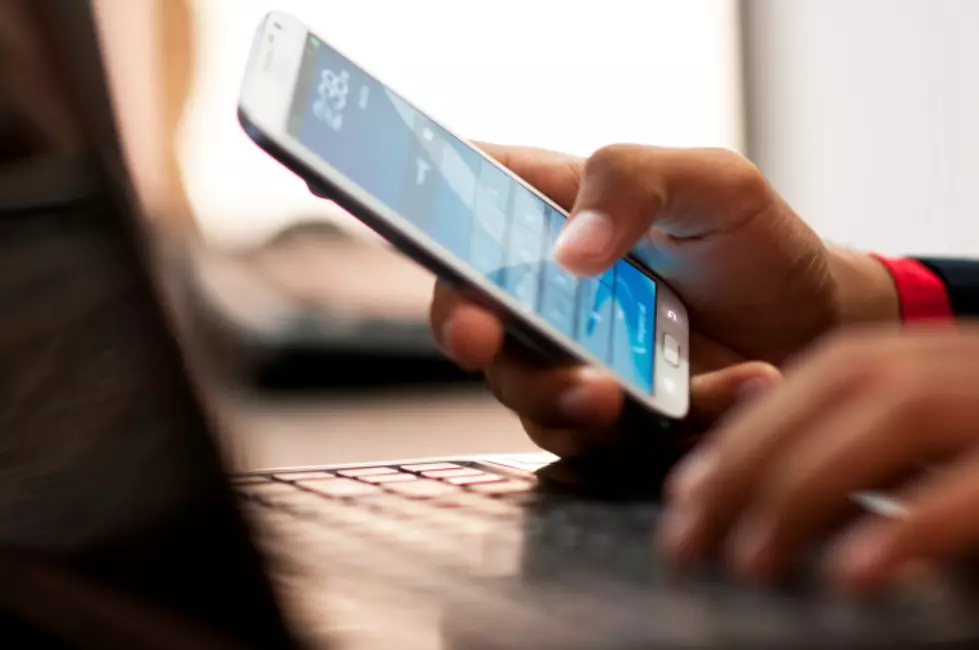
Digital learning is on the rise in NJ schools
Is it happening in your town?
An increasing number of New Jersey school districts are going digital, bringing in more desktop computers and providing students, especially in high school, with laptops and other devices to help them learn.
“While specific data is not kept on how many New Jersey schools are having students utilize which type of electronic devices, this is a growing trend,” said Larry Cocco, director of educational technology for the New Jersey Department of Education.
He said “we estimate about 16 percent of the schools in the state have at least one grade level with a one-to-one laptop initiative or device initiative.”
“The growth in technology over the past 20 years has been phenomenal. Besides laptops you do see school districts effectively using iPads and other handheld devices in the classroom,” said Frank Belluscio, deputy executive director of the New Jersey School Boards Association.
He pointed out “there’s also distance learning technology which enables districts to provide specialized programming and share it among various schools.”
This can get expensive, but Belluscio said “there are many programs out there that are helping districts secure technology at lower cost and also to obtain grants and other financing to make technology affordable, and this is not only classroom equipment, but also more infrastructure technology — for instance cloud storage.”
As more electronic equipment gets phased in, traditional textbooks are being used less and less.
“The trend is definitely toward electronic content, which is why the Future Ready Schools New Jersey program was launched four months ago in partnership with the state Schools Boards Association and New Jersey Institute of Technology," Cocco said. "It is geared toward helping schools migrate to digital learning environments and digital content and digital resources.”
He stressed this is increasingly important because “the latest research I’ve seen estimates that the amount of accumulated information on the planet doubles every year.”
Iif you stop and think about what the world looks like now, if we don’t prepare our students when they leave high school (for a world) where they need 24-7 access to information, we’re not really doing our jobs," he said. "Preparing students to function this way, to be able to use and take advantage of digital technology is part of educators’ mission.”
Cocco also said the goal must be “having the ability for critical thinking skills, having the ability to take that information and collaborate on how to solve the problem that they’ve been given. The most valuable asset we can give our students is for them to continue to learn for the rest of their lives."
He said multiple initiatives to support digital learning have been rolled out over the past few years, including a broadband initiative that increased the amount of bandwidth among participating schools by 150 percent, while saving them $89 million over 3 and one-half years.
Belluscio said while districts are buying more laptops, a growing number of schools are also adopting “bring your own device” programs.
“Students do use their own iPads, tablets, or other types of equipment in the classroom,” he said. “But the key is that technology be effectively infused into learning. The 21st century classroom is beginning to look much different than it used to. When students graduate and they enter the workforce they will be required to use technology and it’s important for the classroom to mirror that right now.”
Belluscio said most of the implementation of a curriculum is within a district’s authority, which means individual districts will decide how best to use technology for their students — although testing, on the state and national level, is increasingly becoming computerized, “so students do need both the access to the equipment and the experience in using it.”
More from New Jersey 101.5:
More From New Jersey 101.5 FM









